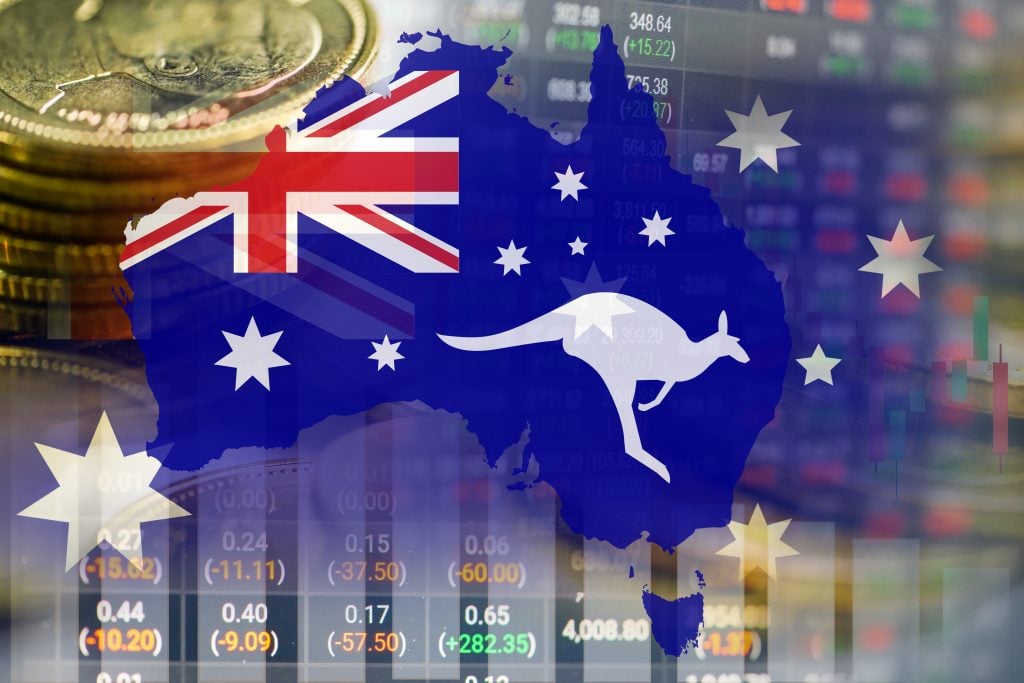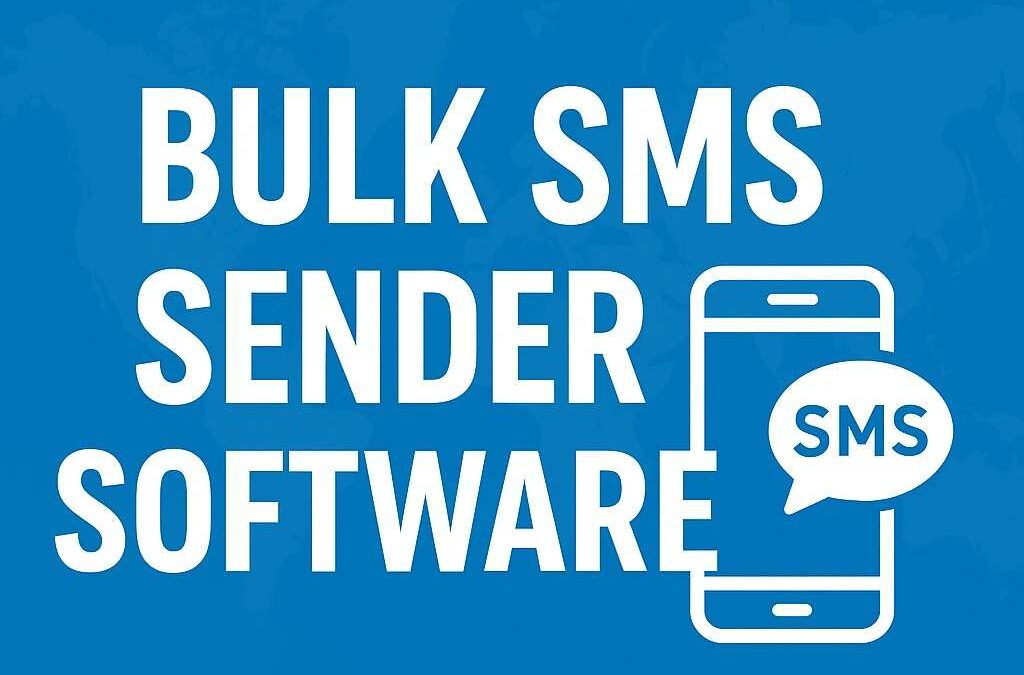If you’re new to the world of trading in Australia, it can feel a little overwhelming at first. There’s a lot of jargon, a sea of trading platforms to choose from, and endless market opportunities. But don’t worry—everyone starts somewhere, and the key is taking it step by step. Whether you’re looking into stocks, commodities, or forex trading online, this guide will help you get your footing and trade with more confidence.
1. Start with Education (Your Best Investment Yet)
Before you risk a single dollar, invest in your knowledge. Trading isn’t a “get rich quick” scheme—it’s a skill you build over time.
Here’s how you can start learning:
-
Read beginner-friendly trading books that cover basics like market trends, chart reading, and risk management.
-
Take free online courses—many Australian brokers and financial websites offer educational resources.
-
Follow reputable Australian trading forums to see how others are approaching the markets.
Remember: in trading, knowledge can protect you from expensive mistakes.
2. Choose the Right Market for You
There are many ways to trade in Australia, but most beginners start with:
-
Shares (stocks): Buying and selling company shares on the ASX.
-
Commodities: Trading resources like gold, oil, or agricultural products.
-
Forex trading online: Buying and selling currencies, like AUD/USD or EUR/AUD, through online platforms.
Forex is particularly popular because it’s open 24 hours a day, five days a week, and offers high liquidity. However, it also comes with higher risks due to leverage. Choose the market that matches your interests, time availability, and risk tolerance.
3. Pick a Reliable Trading Platform
Your trading platform is your main tool—so choose wisely. In Australia, make sure the broker is regulated by ASIC (Australian Securities and Investments Commission). This ensures your funds are protected and the broker follows fair practices.
Look for:
-
User-friendly interface (you don’t want to get lost navigating the platform)
-
Demo account option so you can practice before risking real money
-
Competitive fees and spreads, especially if you’re doing forex trading online
-
Good customer support—you’ll want quick help if something goes wrong
4. Start Small and Manage Risk
One of the most common beginner mistakes is jumping in too big, too soon. Start with a small amount of capital—an amount you’re comfortable losing—and slowly scale up as you gain experience.
Always use risk management tools like:
-
Stop-loss orders to limit losses
-
Take-profit orders to lock in gains
-
Position sizing (don’t put all your funds in one trade)
A good rule of thumb is to risk no more than 1–2% of your account balance on a single trade.
5. Understand the Australian Market Environment
Australian markets can be influenced by:
-
Commodity prices (since Australia exports resources like iron ore and coal)
-
Interest rate changes from the Reserve Bank of Australia (RBA)
-
Global market trends (especially from the US and China)
If you’re doing forex trading online, the AUD is often impacted by global commodity demand and international trade relations. Staying updated on economic news will give you an edge.
6. Practice with a Demo Account First
Before risking real money, practice on a demo account for at least a few weeks. This lets you:
-
Get comfortable with your trading platform
-
Test strategies without financial risk
-
Learn from mistakes in a safe environment
Many beginners skip this step and regret it later. Treat your demo account seriously, and only move to live trading when you’re consistently profitable in practice.
7. Keep Emotions in Check
Trading can be an emotional rollercoaster—especially when money is on the line. Greed and fear are two emotions that can sabotage your success.
To manage emotions:
-
Stick to a trading plan you set beforehand
-
Don’t chase losses (known as “revenge trading”)
-
Take breaks if you’re feeling frustrated or overconfident
Successful traders know when not to trade.
8. Keep a Trading Journal
One of the best ways to improve is to track your trades. Write down:
-
The reason you entered a trade
-
Entry and exit prices
-
Profit or loss
-
What you learned
Over time, your journal will reveal patterns in your behaviour—both good and bad—that can help you refine your strategy.
9. Avoid “Hot Tips” and Scams
Unfortunately, the trading world has its fair share of scams and shady “gurus.” If something sounds too good to be true—like guaranteed profits or zero-risk systems—it’s probably a scam.
Stick to regulated brokers, do your own research, and avoid making decisions based solely on random tips from social media.
10. Keep Learning and Adapting
Markets change, and so should your strategies. Stay curious:
-
Read financial news daily
-
Follow experienced traders (but think critically)
-
Experiment with new strategies on a small scale
Over time, your understanding will deepen, and your confidence will grow.
Just as they always say, practice makes perfect!
Trading in Australia as a beginner can be exciting, but it’s also a journey that requires patience, discipline, and ongoing learning. Whether you decide to focus on shares, commodities, or forex trading online, the key is to start small, protect your capital, and build your skills step by step.
Remember: it’s not about winning every trade—it’s about making smart decisions that, over time, lead to consistent growth.







0 Comments